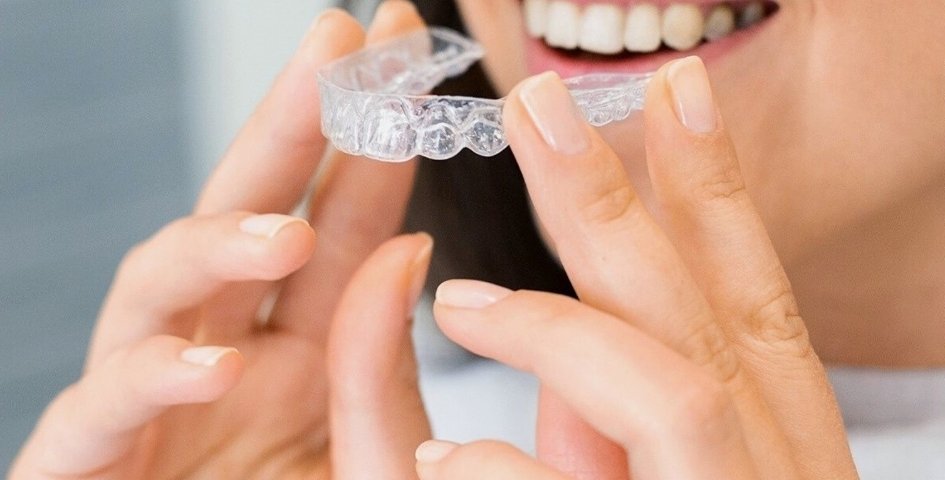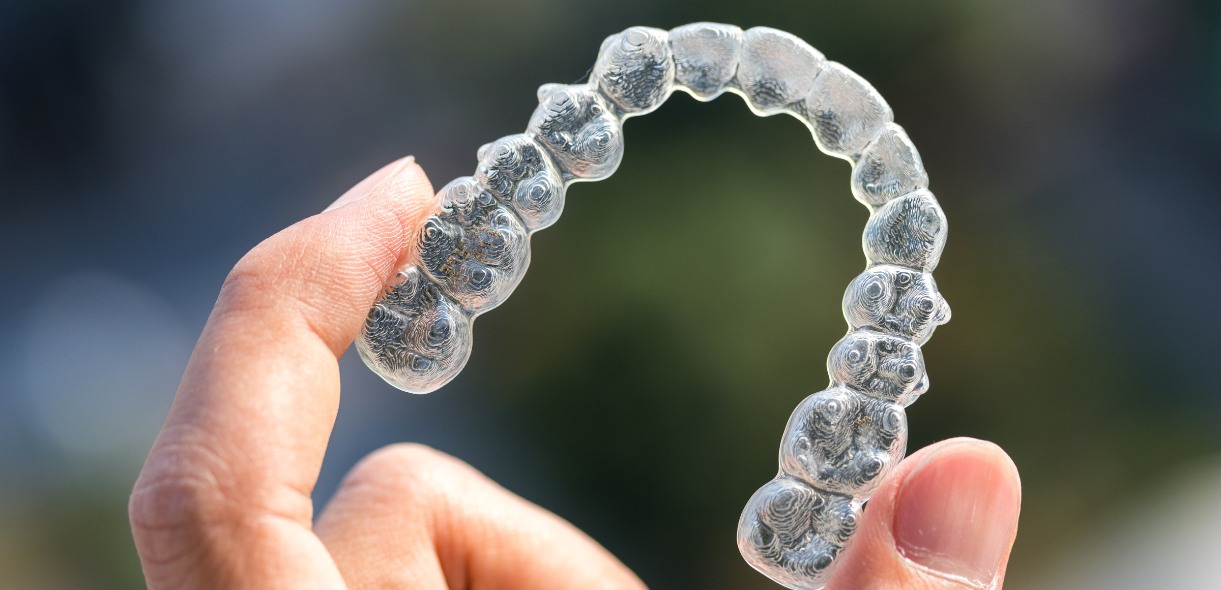
With its clear aligners, Invisalign has transformed orthodontics. This innovative teeth-straightening solution appeals to many people seeking a discreet alternative to traditional metal braces. The aligners are removable, making them easier to clean and maintain than standard braces. However, not everyone is a good candidate for Invisalign. Some factors determine whether this treatment suits an individual’s dental needs.
This blog will explore the characteristics of ideal candidates for Invisalign. It will also discuss its limitations to help you understand if this treatment is right for you.
What is Invisalign?
Invisalign is a modern orthodontic treatment that uses clear, custom-made aligners to straighten teeth. Unlike traditional braces, which use metal brackets and wires, Invisalign utilizes a series of transparent plastic trays. These aligners gently shift teeth into the desired position over time.
The process begins with a consultation with an orthodontist. They will take digital scans of your teeth, create a 3D model, and determine if you’re a candidate for Invisalign. This model helps design your personalized treatment plan. Each set of aligners is worn for about two weeks before switching to the next. Patients usually wear them for 20 to 22 hours a day for optimal results.
Invisalign offers several advantages over traditional braces. The clear aligners are virtually invisible, making them a popular choice for adults and teens. They are also removable, allowing for easier eating and brushing.
Additionally, the smooth plastic material reduces irritation to the gums and cheeks, which is common with metal braces. Overall, Invisalign combines advanced technology and convenience, making it a preferred option for many seeking a straighter smile.
Who is a Good Candidate for Invisalign?
Ideal Candidates
Not everyone qualifies for Invisalign. Ideal candidates share several characteristics. First, age plays a significant role. Most candidates are teens and adults whose teeth and jaws have fully developed. This maturity allows for more effective tooth movement.
Second, candidates should have mild to moderate dental issues. Examples include crowding, spacing, or minor bite problems. Severe or complex orthodontic issues may require different treatments.
Finally, motivation and commitment are essential. Patients must wear their aligners for the recommended hours daily. This commitment ensures the treatment progresses as planned. Regular check-ins with the orthodontist will help track progress and make necessary adjustments.
Specific Dental Issues Suitable for Invisalign
Invisalign effectively treats various dental issues. For instance, crooked teeth are one of the most common problems addressed by aligners. These clear trays gently reposition the teeth over time.
Gaps between teeth can also be corrected with Invisalign. The aligners move the teeth closer together, creating a more uniform smile.
Overbites and underbites are additional issues that Invisalign can help with. If left untreated, these bite misalignments can lead to discomfort or dental problems.
Lastly, Invisalign is suitable for crossbites, where upper and lower teeth do not align properly. By gradually shifting the teeth, Invisalign can help achieve better bite alignment. Overall, Invisalign provides effective solutions for various dental concerns.
Limitations of Invisalign
Cases Not Suitable for Invisalign
While Invisalign is effective for many, some cases are not suitable. Clear aligners can be challenging to address severe malocclusions or bite issues. For example, significant overbites or underbites often require traditional braces or surgical intervention.
Complex orthodontic issues also pose challenges. Patients with impacted teeth, significant rotations, or extensive spacing may not achieve the desired results with Invisalign alone.
Additionally, individuals needing extensive tooth movement might require alternative treatments. Traditional braces provide greater control over significant adjustments, making them a better choice in some cases.
Age and Developmental Considerations
Younger patients may also face limitations with Invisalign. Children and adolescents still developing may not be suitable candidates. Their jaws and teeth are still growing, making it difficult to predict movement accurately.
Invisalign requires compliance, which may be challenging for younger children. They may not consistently wear aligners as instructed. Therefore, an orthodontist may recommend traditional braces for younger patients until they reach the appropriate age and maturity level.
Consultation and Evaluation
Importance of Professional Assessment
A professional assessment is crucial before starting any orthodontic treatment. Consulting with an orthodontist or dentist helps determine if Invisalign is the right option. They will evaluate your dental health, alignment, and treatment goals.
During this consultation, the orthodontist can provide tailored advice based on your specific needs. They will help you understand the advantages and limitations of Invisalign in your case.
What to Expect During the Consultation?
During your initial consultation, you should have a thorough evaluation. The orthodontist will take digital scans of your teeth and may also use X-rays to determine if you’re a candidate for invisalign. These images help create a 3D model of your mouth, allowing for precise treatment planning.
After the evaluation, the orthodontist will discuss your treatment options. They will explain how Invisalign works, the expected duration, and what you can anticipate throughout the process. This personalized approach ensures you have realistic expectations and a clear understanding of your treatment journey.
In conclusion, Invisalign offers a promising solution for many seeking a straighter smile. Ideal candidates are typically teens and adults with mild to moderate dental issues and a commitment to wearing their aligners. However, certain limitations exist. Severe orthodontic problems or younger patients may require alternative treatments.
A professional assessment is essential to determine the best course of action. If you are considering Invisalign, seek a consultation with our dentists to explore your options and ensure the best outcome for your dental health.


